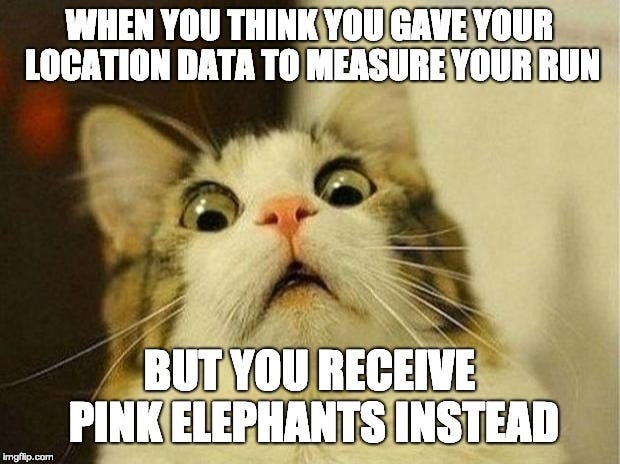There is so much misunderstanding about what the GDPR is and what the GDPR does, that most of what is out there at this point is more mythology than anything else.
For example, an article in Axios claimed over the weekend that ‘the notice and consent approach forms the backbone of the GDPR’. This claim is simply not true.
Understanding and correctly categorizing the regulatory framework of the GDPR is actually very important, now. Look at US Senate’s hearing yesterday, on ‘GDPR & CCPA: Opt-ins, Consumer Control, and the Impact on Competition and Innovation’. If this law is considered as point of reference for future privacy legislation in the US — in the sense of deciding how close or far from it should be the future US privacy framework, then one should understand what are the mechanisms that make the GDPR what it is.
A ‘notice and consent’ framework puts all the burden of protecting privacy and obtaining fair use of personal data on the person concerned, who is asked to ‘agree’ to an endless text of ‘terms and conditions’ written in exemplary legalese, without actually having any sort of choice other than ‘all or nothing’ (agree to all personal data collection and use or don’t obtain access to this service or webpage). The GDPR is anything but a ‘notice and consent’ type of law.
There are many reasons why this is the case, and I could go on and get lost into the minutiae of it. Instead, I’m listing 10 high level reasons, explained in plain language, to the best of my knowledge:
1. Data Protection by Design and by Default is a legal obligation
All organizations, public or private, that touch personal data (“processing” in the GDPR means anything from collection to storage to profiling and creating inferences to whatever you can think of and that can be done to personal data) are under an obligation to bake privacy into all technologies and/or processes they create and, very importantly, to set privacy friendly options as default. There are no exceptions to this obligation. Data Protection by Design and by Default (DPbD) must be implemented regardless of whether the personal data will be obtained based on an opt-in, an opt-out, a legal obligation to collect the data. It doesn’t matter. All uses of personal data must be based on DPbD. Check out Article 25 GDPR.
2. Data Protection Impact Assessments are mandatory for large scale and other complex processing
All organizations that engage in any sort of sensitive, complex or large scale data uses must conduct a Data Protection Impact Assessment (DPIA) before proceeding. Think of the now-common Environmental Impact Assessments(EIA). The DPIA is just like an EIA, but instead of the impact of a project on the environment, it measures the impact of a project using personal data on all the rights of the individuals concerned, from free speech, to privacy, to non-discrimination. Depending on the results of the DPIA, safeguards must be brought to minimize the impact on rights, or the project can simply be stopped if there is no way to minimize the risks. Again, this happens regardless of opt-ins, opt-outs, legal obligations, other grounds relied on by organizations to collect and use the personal data. Check out Article 35 GDPR.
3. All processing of personal data must be fair
Absolutely all collection and uses of personal data must be fair and transparent, regardless of the ground for processing (opt-in, opt-out, legal obligation etc.). This is the Number 1 rule relating to processing of personal data listed in the GDPR (check out Article 5(1)(a)) and breaching it is sanctioned with the higher tier of fines. In practice, this means several things, including the fact that people should be expecting that their personal data is collected, used or shared in the way it is being collected, used or shared.

4. There must be a specific, well defined reason for all collection or uses of personal data
From the outset, and regardless of the justification relied upon by an organization to process personal data (opt-in, opt-out, fulfillment of contract etc.), the collection of that personal data, be it directly from individuals, observed or inferred, must be done only for specified, explicit and legitimate purposes and only processed either for those purposes, or for purposes compatible with them. This is the principle of purpose limitation. In practice, it means that it is illegal to collect personal data ‘because maybe some day I will find something useful to do with it’. Non-compliance with the purpose limitation obligations also triggers the higher level of fines.
5. Data grabs unrelated to the purpose of processing are illegal
Only those personal data that are relevant and limited to what is necessary to achieve the specified purpose can be collected or otherwise processed. Casting a net to grab as much personal data as possible, even if it is not needed for the purpose announced, is unlawful and, again, sanctioned with the higher tier of fines. This rule applies to all processing of personal data, even to those processing activities mandated by law, such as anti money-laundering.



